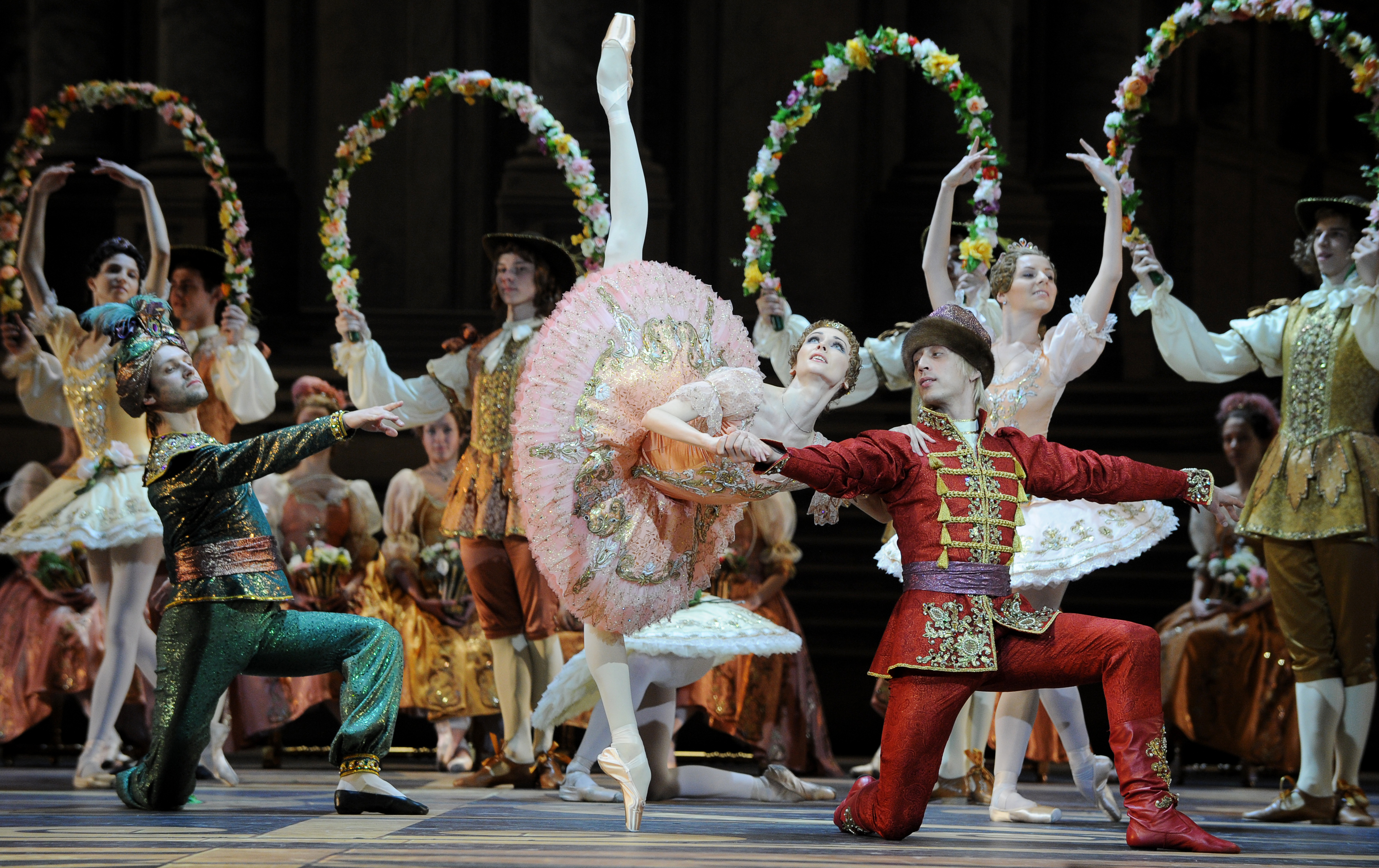Fine arts is a term that refers in its broadest modern sense to architecture, ballet, concert music, literature, opera, painting, and sculpture. The adjective fine is meant to emphasize the beautiful in art, as distinguished from art that is primarily intended to be useful or for commercial purposes.

The term fine arts has been defined differently in various historical periods. For example, during most of the Middle Ages, which lasted from about the 400’s through the 1400’s, there were seven fine arts or branches of learning. They were called the liberal arts and consisted of arithmetic, astronomy, dialectic (a form of logic), geometry, grammar, music, and rhetoric. It was not until the Renaissance, which began in the early 1300’s, that painting, sculpture, and the performing arts came to be considered legitimate branches of the arts.

In modern times, there have been different definitions of the fine arts and different philosophies concerning what varieties of art should properly be called fine. For example, many people today believe that only those arts that appeal to the sense of sight belong to the fine arts. According to this view, painting and sculpture rank as the primary fine arts, followed by architecture and landscape architecture.
Fine arts are sometimes contrasted with the decorative arts. The term decorative arts is generally reserved for works of art produced for actual use. Decorative arts are often called applied arts or industrial arts. They include woodwork (especially furniture), metalwork, ceramics, glass, and sometimes textiles. The use of such contrasting categories reflect the concept that the fine arts exist only for their beauty while the decorative arts exist mainly for their usefulness. See Decorative arts.
Some authorities have combined the traditional fine and decorative arts under the term visual arts, and they group music, opera, and drama under the term auditory arts. Still others group music, dance, film, and the theater arts as the performing arts. These works must be performed by people or by such mechanical means as motion pictures or video.
Increasingly, distinctions between the fine arts and decorative arts are being discarded. Today, people tend to regard ceramics and furniture as fine arts in spite of their functional aspects and place them with literature, painting, and sculpture. Whenever artists employ good design and produce works satisfying to the eye, mind, and ear, modern thought tends to classify these works as fine art.
